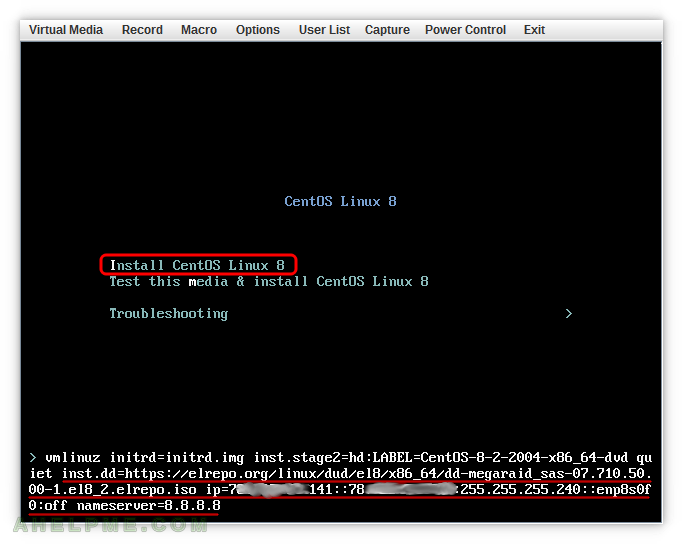Installing gitlab-ee (and gitlab-ce) under CentOS 7 with enabled SELinux (i.e. enforcing mode) looped endlessly the container in restarting the installation process! There were multiple errors for missing sockets in the podman logs of the gitlab container. Here are some of the errors:
Missing postgresql unix socket in “/var/opt/gitlab/postgresql”:
Recipe: gitlab::database_migrations
* bash[migrate gitlab-rails database] action run
[execute] rake aborted!
PG::ConnectionBad: could not connect to server: No such file or directory
Is the server running locally and accepting
connections on Unix domain socket "/var/opt/gitlab/postgresql/.s.PGSQL.5432"?
/opt/gitlab/embedded/service/gitlab-rails/lib/tasks/gitlab/db.rake:53:in `block (3 levels) in <top (required)>'
/opt/gitlab/embedded/bin/bundle:23:in `load'
/opt/gitlab/embedded/bin/bundle:23:in `<main>'
Tasks: TOP => gitlab:db:configure
(See full trace by running task with --trace)
Error executing action `run` on resource 'bash[migrate gitlab-rails database]'
.....
.....
Running handlers:
There was an error running gitlab-ctl reconfigure:
bash[migrate gitlab-rails database] (gitlab::database_migrations line 55) had an error: Mixlib::ShellOut::ShellCommandFailed: Expected process to exit with [0], but received '1'
---- Begin output of "bash" "/tmp/chef-script20200915-35-lemic5" ----
STDOUT: rake aborted!
PG::ConnectionBad: could not connect to server: No such file or directory
Is the server running locally and accepting
connections on Unix domain socket "/var/opt/gitlab/postgresql/.s.PGSQL.5432"?
/opt/gitlab/embedded/service/gitlab-rails/lib/tasks/gitlab/db.rake:53:in `block (3 levels) in <top (required)>'
/opt/gitlab/embedded/bin/bundle:23:in `load'
/opt/gitlab/embedded/bin/bundle:23:in `<main>'
Tasks: TOP => gitlab:db:configure
(See full trace by running task with --trace)
STDERR:
---- End output of "bash" "/tmp/chef-script20200915-35-lemic5" ----
Ran "bash" "/tmp/chef-script20200915-35-lemic5" returned 1
Missing redis socket in
Running handlers: There was an error running gitlab-ctl reconfigure: redis_service[redis] (redis::enable line 19) had an error: RuntimeError: ruby_block[warn pending redis restart] (/opt/gitlab/embedded/cookbooks/cache/cookbooks/redis/resources/service.rb line 65) had an error: RuntimeError: Execution of the command `/opt/gitlab/embedded/bin/redis-cli -s /var/opt/gitlab/redis/redis.socket INFO` failed with a non-zero exit code (1) stdout: stderr: Could not connect to Redis at /var/opt/gitlab/redis/redis.socket: No such file or directory
It should be noted that the /var/opt/gitlab directory has been mapped in /mnt/storage/podman/gitlab/data. GlusterFS is used for /mnt/storage, so the gitlab files resides on a GlusterFS volume.
ERROR 1) Cannot create unix socket.
Checking the /var/log/audit/audit.log reveiled the problem immediately:
Keep on reading!


